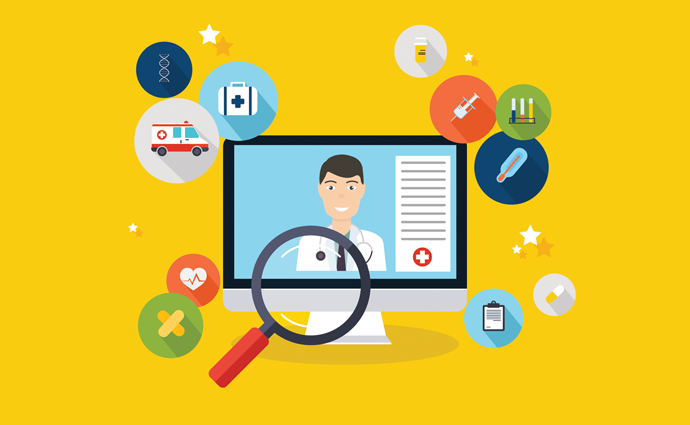How Payers Can Use Remote Patient Monitoring to Advance Care
Payers can assist members to adopt and reap the benefits of robust remote patient monitoring technologies.

Source: Getty Images
- Providers and patients have come to realize the benefits of telehealth following a year in which in-person care was highly limited if not impossible to access. That said, one form of telehealth has been slow to make inroads despite growing interest among providers — remote patient monitoring (RPM).
According to a recent Accenture report, one in ten patients has used RPM technology. But that is likely to change. That same report found that eight out of ten physicians expect RPM use to increase going forward, doubling over the next five years. Eighty-seven percent expect RPM to be a vital component of the patient experience in the future because of the technology's ability to detect side effects early, reduce in-person procedures, and minimize resource utilization.
Research about RPM devices — which include glucometers, digital scales, and blood pressure cuffs — anticipates the market to exceed $1.7 billion by 2027, more than double current estimates of $747 million.
As key stakeholders in healthcare, health plans will play a crucial role in the expanded use of remote patient monitoring to improve the quality and cost of care for their members. Doing so will require these organizations to become a means for centralizing data generated by scores of devices and transforming data points into effective care management.
"Our vision is to be able to support members in tech-enabled health coaching, empowering health plan care managers not only with the information that they get through surveys or through telephone calls but also the daily insight provided by biometric information," says Rachel Daricek, Senior Director of Product Marketing at Wellframe.
A key challenge for the industry and payers specifically is ensuring that consumers are able to not only afford RPM devices but also use the devices they are most comfortable with without having to navigate a multitude of apps and services.
"In a perfect world, data collected by the patient is automatically synced with some kind of an app and then that app automatically sends that data to their care manager, to their provider, or another caregiver, so that each individual is alerted at the right time," Daricek observes.
That reality, however, does not yet exist. But health plans can play a significant role moving forward as a coordinator of biometric data by working with multiple vendors to support their devices and ensure a seamless experience for members, especially those with comorbidities.
"If I work with one vendor for my blood sugar and another vendor for my weight, the situation quickly becomes fragmented," Daricek explains. "This is where the health plan comes in because they can centralize all of this and connect it with the other components and data that they're already managing for that person. And if it's a payvider organization, they can connect that data directly to providers as well."
For remote patient monitoring to enable better preventive care through continuous observation, health plans must embrace digital transformation and reduce manual processes to remain competitive in the marketplace.
"If you're going to do it competitively, if you're going to do it quickly, if you're going to collect the data at scale, if you're going to use it at scale, all of that requires automation and next-gen digital capabilities," Daricek warns. "As we saw with COVID, if an enterprise decides it wants to go digital, they can do it in weeks rather than months and years."
According to Daricek, the adoption of RPM will lead directly to improvements to the member experience. Instead of a limited number of data points gathered at random intervals that could span months or years, health plans gain a holistic view of a member's health.
"When I think about the benefits of RPM, timeliness is a real big one, since you can access this data on a daily basis" Daricek maintains. " I know everyone talks about early interventions. I prefer the phrase of activating timely interventions. Instead of waiting for that next doctor's appointment, you can help patients within a week, which improves the odds of avoiding a trip to the emergency room because you were able to get ahead of it."
More timely interventions can lead to patient activation, enabling individuals to have greater awareness and control over their health and well-being.
"With RPM, members are actually looking at the numbers every day, starting to notice trends, which in turn can lead them to become much more active in managing their own health, which also helps increase adherence and compliance. All of these things have a positive impact on health and on costs," Daricek adds.
Remote patient monitoring has the potential to make longitudinal care a central component of healthcare moving into the future. By enabling members to collecting biometric information and leveraging that information for care management, health plans can dramatically transform the health and wellness of individuals.
_____________
Wellframe partners with health plans nationwide to reimagine member relationships. With solutions for care management and advocacy, the Wellframe Digital Health Management platform empowers health plans to become a trusted advocate for all their members' health needs. Learn more at wellframe.com.
Visit the Focus on Member Experience, sponsored by Wellframe!
